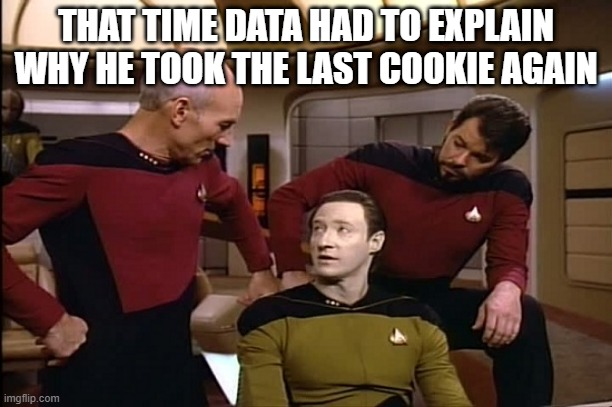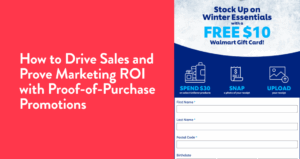Teaser/Summary
We need to reframe our thinking about data to be viewed through the lens of trust. To earn trust, you have to meet expectations for personalization and create value in every interaction. The best way to do this is to think about the minimal amount of customer data you need to personalize your response in situation and what value you can give to a customer to earn that data.
The way we use data has eroded trust
It’s not a coincidence that we have more data about consumers while also having the least amount of trust from consumers. For over two decades, businesses have viewed data as a free resource that should be scooped up and used whenever it’s available. However, when a resource is free, and the consequences for misuse are negligible, abuse is inevitable.
We’ve all started to experience the consequences in our own lives. Ads now inundate and pollute our browsing and social medias, our email inboxes are overflowing with spam, and messaging apps are experienceing bloat from spam, political and marketing campaigns. With new privacy laws, there are real consequences for the misuse of data and breach of privacy, and it is only escalating with every new scandal.
All of this pollution and misuse of data has completely eroded customer trust. It doesn’t have to be this way.
Trust is the expectation of future value
It’s time for a new approach. We need to start with a new goal for data management: customer trust. We can define trust as the expectation for future value. I only invest time and resources in a brand when I can trust they will be able to help me.
Let’s break this down into two key parts: expectations and value.
Meeting expectations with Zero-party data
71% of customers today expect personalization, so the ability to personalize experiences not only meets expectations, it will also go a long way to building trust that you will need later. But how can you personalize without data that customers have to trust you enough to give you?
Luckily, the internet makes all things possible – instantly. It is totally possible to personalize AND collect data at the same time – if you are doing it in a way focused on trust. How does it work? It’s a pretty simple formula:
- Find a relevant moment
- Offer helpful information in exchange for the customer’s preference information.
- Personalize the rest of their experience based on this information
This clear exchange of value (your helpful information for their information) followed by immediate results (personalized experience) is creating an instant increase in trust that A) your brand is helpful and B) You will use their data to help them! When this preference or other essential data is given freely by customers, it’s known as Zero-Party Data (ZPD) — and it’s the new gold standard in marketing data. And when you use data that is freely given to instantly alter future experiences, we call that privacy-first personalization.
Instantly creating value: A retail example
We’re all familiar with the ideal in-person customer service interaction. It has perfected over centuries of practice. It works because it’s unintrusive and meets the customer’s preset expectation about the helpfulness of an employee who is incentivized to help them. What’s key is what the customer service persone asks: they’re not asking for a name or email or to subscribe to anything — yet. They’re simply asking for the minimum amount of information they need to help you and begin to earn your trust. “What can I help you with today?”
In the digital world, it’s very difficult to replicate this kind of open-ended interaction. Chat is possible, but still has issues that need to be worked out. What we need to do is shrink the interaction down to the minimum needed to create value with zero knowledge of your visitor. What’s important is you don’t need to know EVERYTHING about a customer — you just need their specific preferences or need that is driving them today. These preferences are what gathering data SHOULD be about.
By basing personalization on ZPD, you have fulfilled an expectation that customers will get value in exchange for giving up their data. You are also creating trust by being transparent and timely in the way that you are using that data to immediately create a valuable experience. When a customer tells us their problem, we can meet their expectation by offering an instant product recommendation, coupon, or advice on where to find more information.
We will dive more into how to build privacy-first personalization with some best practicies in future blogs. The way to create value and personalize in a way that builds trust has 4 simple rules:
- Collect the minimum amount of data needed
- Give customers control of the experience and the data
- Be transparent
- Be a good caretaker of data
We will add the future blogs here, but if you are interested talking about it, feel free to email us!




